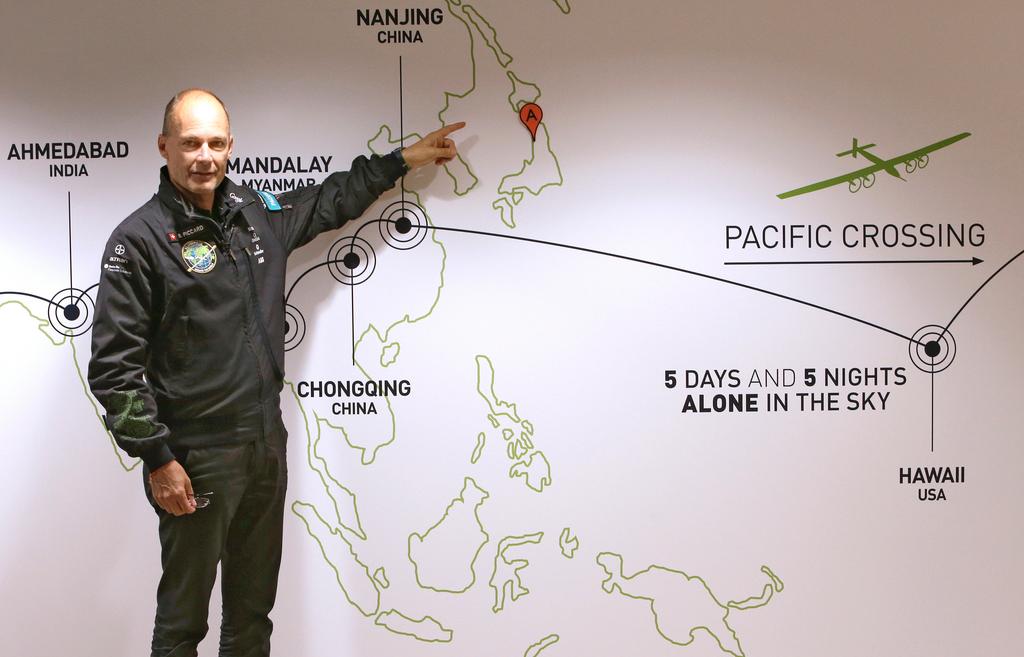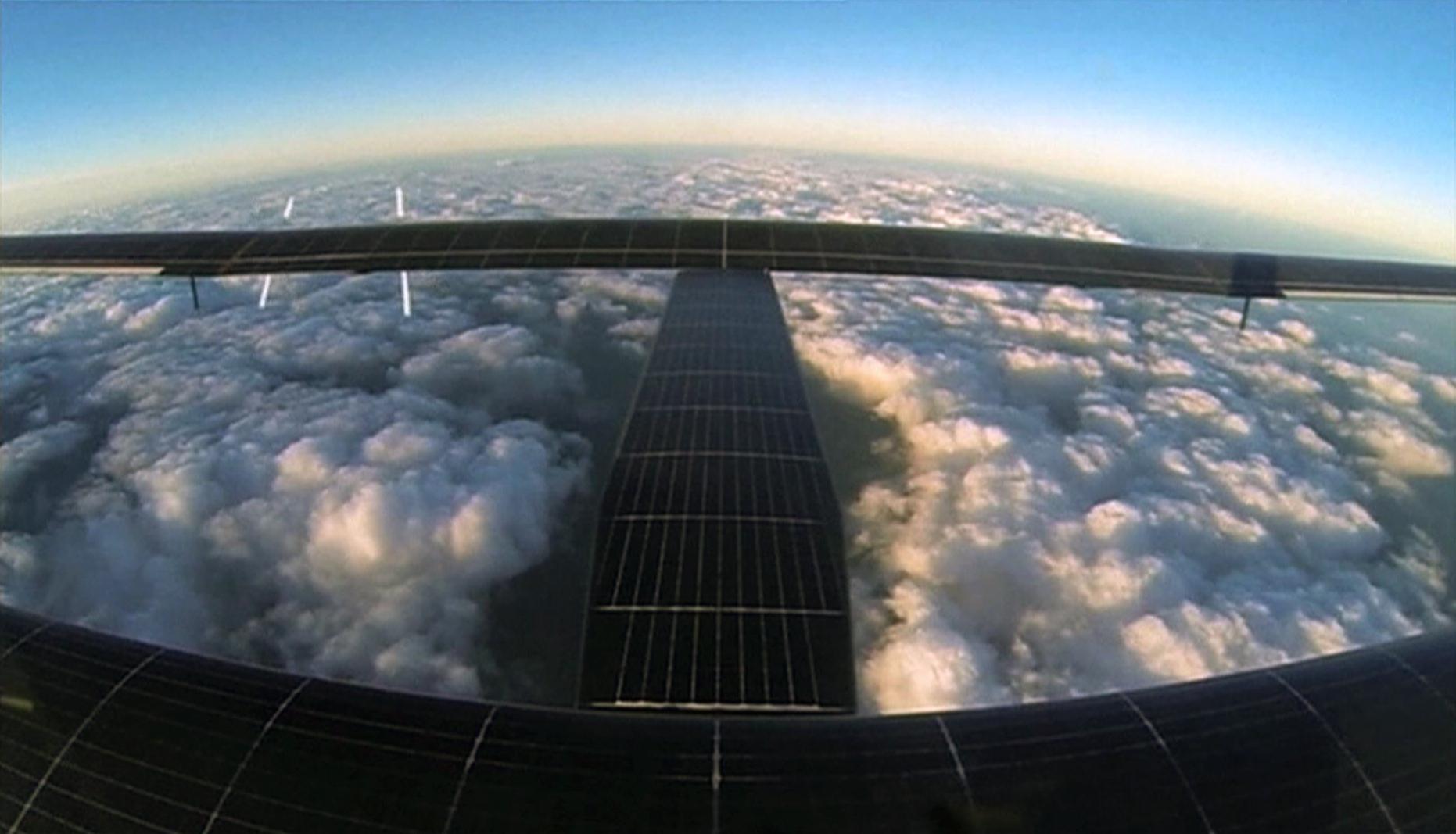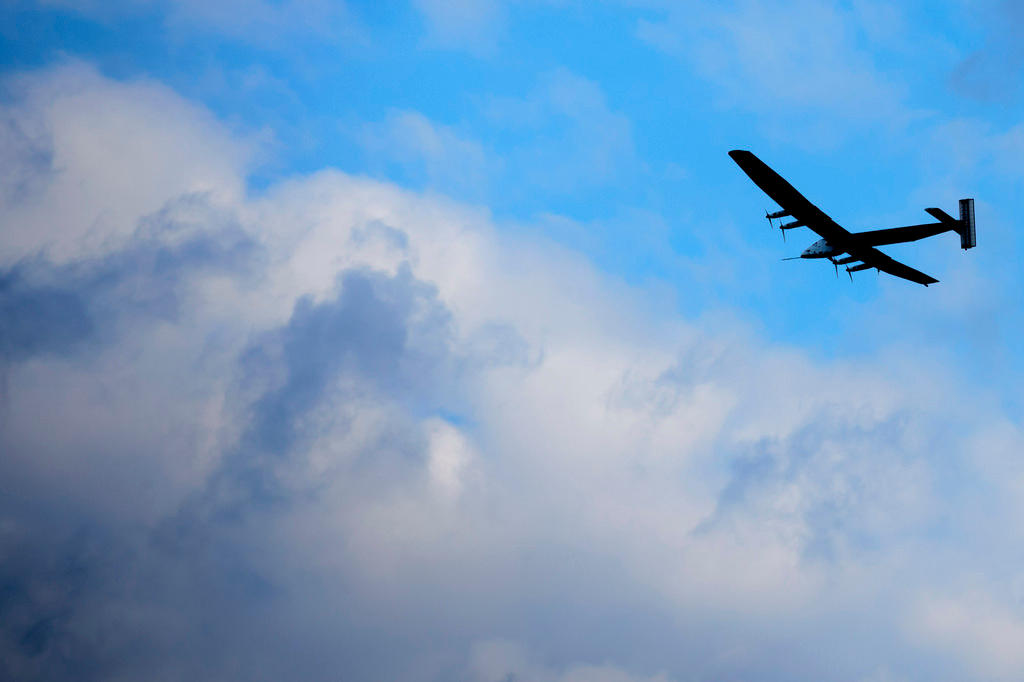Solar Impulse may be stuck in Japan for a year
Time is fast running out for Solar Impulse to complete its round-the-world solar-powered flight this year, warns co-founder Bertrand Piccard. By August 5 the plane, which is currently stranded in Japan, must have crossed the Pacific Ocean.
Piccard, who also pilots the plane, told the Tribune de Genève/24Heures newspapers that by early August the days would become too short for the solar-powered plane to cross the Pacific, and subsequently the Atlantic Ocean safely.
“Before August 5, we must have crossed the Pacific or the Atlantic,” Piccard said in an interview published on Thursday.
He said if this is not possible due to unfavourable weather conditions, the team will have to find a permanent hangar in Japan where the aircraft, known as Si2, can shelter for a year.
The United States is also an option if they make it there and the weather deteriorates.
“Waiting in the US wouldn’t be too serious. There is a hangar in New York,” he said.
Weather conditions do not look too good right now, however. Piccard said there was still a cold front blocking the route to Hawaii and meteorologists at their control centre in Monaco were constantly evaluating alternative routes.
“Si2 can fly through clouds for ten hours, but after that it needs blue skies to recharge its batteries. Otherwise, Andre will have to jump out in a parachute,” he explained. “We can’t take that risk.”
The huge dragonfly-like aircraft has more than 17,000 solar cells on its wings to power its motors and recharge its batteries for night flying.
Last-minute cancelation
The solar plane was forced to cancel its take off from Japan at the last minute early on Wednesday because of worsening weather conditions over the Pacific.
Solar Impulse co-founder and co-pilot André Borschberg had been scheduled to fly the challenging five-day-long Japan-Hawaii leg of the round-the-world journey and was sitting in the plane’s cockpit ready for take-off when they cancelled the flight.
The plane has been grounded in Japan since June 1 after an unscheduled stop. It was forced to divert to Nagoya after a cold weather front prevented it from flying to Hawaii from Nanjing, China. The team have since spent weeks poring over long-range forecasts for a suitable window of opportunity to restart the trip.
They were also delayed in Japan due to repair work. When the aircraft was first on the ground in Japan, strong winds caused minor damage before a hangar could be erected to shelter it.
In Thursday’s interview Piccard said the project’s key sponsors, such as Google, ABB and Schindler, had promised to continue their support even if progress is seriously delayed. But he acknowledged the team would need to figure out how to continue paying salaries to the some 150 people working on the €100 million (CHF105 million) venture if it dragged on.
The Si2 set off from Abu Dhabi in March and has stopped in Oman, India and Myanmar. André Borschberg and another Swiss pilot, Bertrand Piccard, are taking turns flying the single-seater Swiss plane during a five-month journey to promote renewable energy use.
After Japan, the plane is due to stop in Hawaii, followed by Phoenix and New York before flying over the Atlantic Ocean. It will then stop either in southern Europe or North Africa, depending on weather conditions, before it is expected back in Abu Dhabi later this year.
The Si2 aircraft has a wingspan of 72 meters (236 feet), spanning larger than a Boeing 747 jumbo jet. At about 2,300 kilograms (5,000 pounds), the Si2 weighs about as much as a minivan or mid-sized truck.

In compliance with the JTI standards
More: SWI swissinfo.ch certified by the Journalism Trust Initiative












You can find an overview of ongoing debates with our journalists here . Please join us!
If you want to start a conversation about a topic raised in this article or want to report factual errors, email us at english@swissinfo.ch.